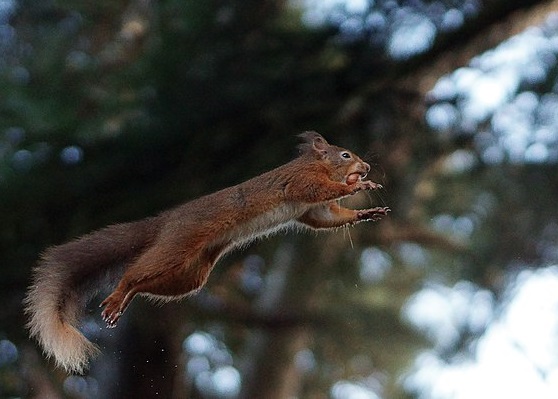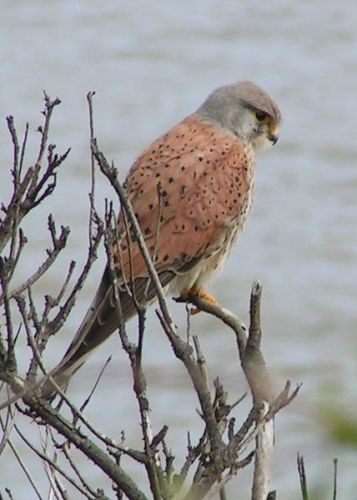
Let’s take a look at these 10 fun facts about fantails to know more about them.
- Tail Feathers in Action: Fantails are named for their distinctive fan-shaped tail feathers, which they skillfully use for balance and agility. The tail’s fan-like spread enables them to perform remarkable aerial acrobatics, making them a delight to observe in flight.
- Global Distribution: Fantails are found in various parts of the world, with different species residing in Asia, Australia, New Zealand, and nearby islands. Their adaptability to diverse environments highlights their widespread distribution.
- Tail Flicking Communication: Fantails are known for their frequent tail flicking, a behavior that serves multiple purposes. While it helps them maintain balance during rapid movements, it also attracts insects and is believed to be a form of communication with other fantails.
- Species Variety: There are numerous species of fantails, each with its unique characteristics. The New Zealand Fantail (Piwakawaka), for example, has a distinctive white eyebrow stripe, while the Willie Wagtail in Australia is recognized for its bold black-and-white plumage.
- Insect Hunters: Fantails primarily feed on insects, making them skilled hunters in the world of avian insectivores. Their agile flight allows them to catch flying insects with precision, contributing to their reputation as adept insect hunters.
- Curious Nature: Fantails are known for their friendly and curious demeanor. They may approach humans with a sense of curiosity, often getting quite close, which adds to their charm and makes them a favorite among birdwatchers.
- Nest Builders: Fantails are meticulous nest builders, creating intricate structures often suspended from tree branches. They use a variety of materials, including moss, lichen, and spider silk, creating a secure and well-camouflaged environment for their eggs.
- Vocal Abilities: While not known for elaborate songs, fantails are capable of producing a variety of calls and chirps. Their vocalizations are used for communication within their social groups and may vary between species.
- Migratory Patterns: Some species of fantails exhibit migratory behavior, moving to different regions depending on the availability of food and environmental conditions. Their ability to adapt to changing circumstances reflects their resilience.
- Cultural Significance: Fantails hold cultural significance in various regions. In Māori mythology, the New Zealand Fantail is considered a guardian of the forest and a symbol of protection, while in some Australian Aboriginal cultures, the Willie Wagtail is associated with stories of creation and life.







